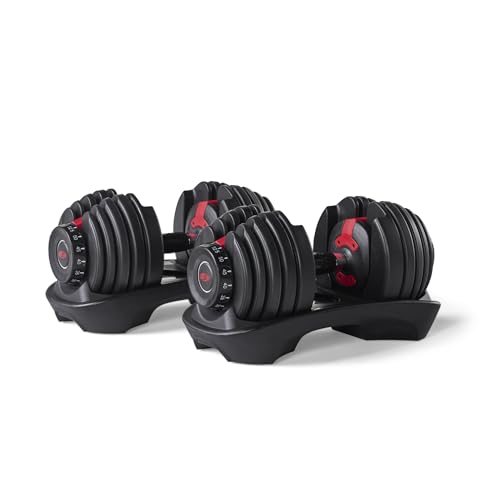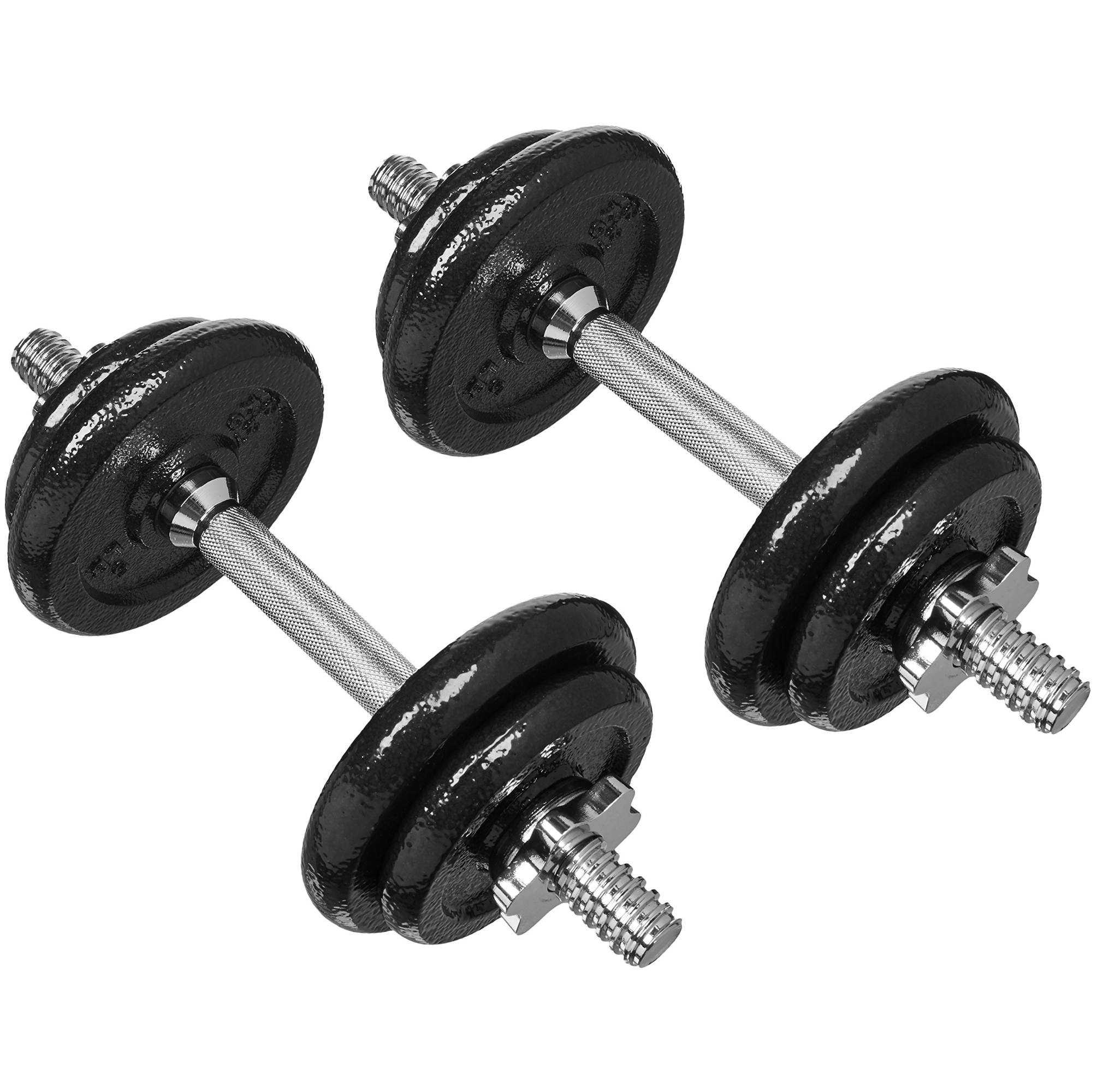I did this standing core exercise for two weeks and was surprised at how effective it was for relieving back pain
My core feels stronger than ever


Everyone should strengthen their core muscles but it becomes a top priority in the postpartum period.
I had my first baby not too long ago, so my current fitness goals are to rebuild my abdominal strength and heal from nine months of pregnancy.
I’m also trying to strengthen muscles that support my lower back, as I have persistent aches and pains in the area.
I’ve made some great strides on the exercise mat, but the same planks, birddogs, and deadbugs have gotten monotonous.
I wanted to shake things up and challenge my abdominals in a new way, so I decided to add woodchops to my routine every day for two weeks.
As a result, my core feels even stronger than it did before pregnancy.
How to do woodchops
Sets: 2-3 Reps: 10-15 each side
Start your week with achievable workout ideas, health tips and wellbeing advice in your inbox.
How to do it:
- Stand with your feet hip-width apart, holding a dumbbell.
- Bend your knees slightly.
- Bring the dumbbell to your left hip.
- With control, swing the dumbbell up and over to the other side of your body, so it’s above your right shoulder.
- Bring the dumbbell back to your left hip.
I wanted to be sure that doing woodchops every day was safe, so I asked Dr Jessica Magee, a board-certified clinical specialist in women’s health physical therapy.
“If you’re dosing more for coordination or endurance [using low load, high repetition], then it’s advantageous to perform these daily,” she says.
Taking this on board, I performed 15 repetitions of the move on each side with a light five-pound dumbbell.
But before adding anything new to your workouts, check in with your medical team. That’s especially important if you’re postpartum, like me.
Here's everything I noticed after doing this move for two weeks.
1. I felt my abdominals engage
While I’ve done woodchops in the past, I never really felt them in my abdominals as much as I did in my arms and shoulders.
After speaking more with Dr Magee, this made sense.
“I find a lot of people tend to prioritize the upper extremity component of the movement and therefore don’t get the benefit of trunk rotation and lower extremity [core] activation,” she told me.
I slowed down my tempo and focused on engaging my abdominal muscles throughout the movement, pausing between each repetition to breathe and re-engage.
Doing that made a world of difference, and by the end of my two-week experiment, I didn’t have to think about activating these core muscles–I was doing it automatically.
2. My lower back loosened up
My lower back has been sore and stiff since my teenage years and nine months of pregnancy certainly didn’t alleviate those issues.
The rotational movement of the woodchop actually helped to stretch and open up some of those stiffer parts of my lower back.
Strengthening the muscles around my trunk probably helped stabilize my lower back, too.
After just a few days, I was feeling less pain in the area and I was holding my son without the usual low back ache.
3. Squats were easier
Squats have been one of the hardest exercises for me post-pregnancy, especially if I’m doing them while holding dumbbells.
I didn’t anticipate that two weeks of woodchops would improve my squats significantly, but that’s exactly what happened.
I was able to increase my weight on goblet squats and overall, my lower-body workout days weren’t nearly as taxing as they once were.
Now that my two-week experiment is over, I can say that my body feels stronger than it did before pregnancy.
I’m able to hold planks longer, hold my son more easily, and stabilize my body better during movement.
Shop adjustable dumbbells
Adjustable weights are great if you want to do moves like this at home because you can add more load as you become stronger. All of the below are taken directly from our guide to the best adjustable dumbbells, so they have been tried and tested by our team.




Dr Magee is a board-certified clinical specialist in women’s health physical therapy. Magee received her Doctorate in Physical Therapy from the University of North Florida in Jacksonville, FL in 2018 and a Bachelor’s of Science in Athletic Training in 2014. She serves as the women’s health physical therapy residency program coordinator for the Brooks Institute of Higher Learning and is also a staff therapist practicing outpatient orthopedics and pelvic health.

Jennifer Rizzuto is a freelance fitness journalist based in New York, NY. She’s been a NASM-certified personal trainer, corrective exercise specialist, and performance enhancement specialist for over a decade. She holds additional certifications in nutrition coaching from Precision Nutrition, and pre/post-natal exercise from the American Council on Exercise. As the daughter of a collegiate football coach who was never any good at sports, she understands how intimidating it can be to start an exercise regimen. That’s why she’s committed to making fitness accessible to everyone—no matter their experience level.
You must confirm your public display name before commenting
Please logout and then login again, you will then be prompted to enter your display name.
